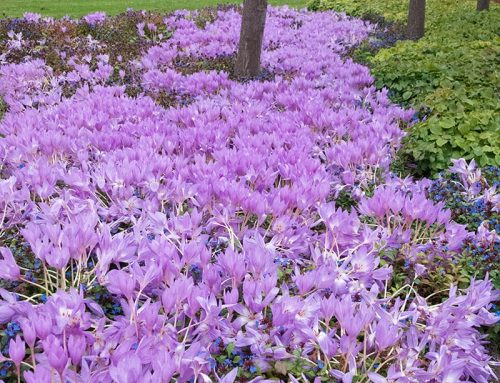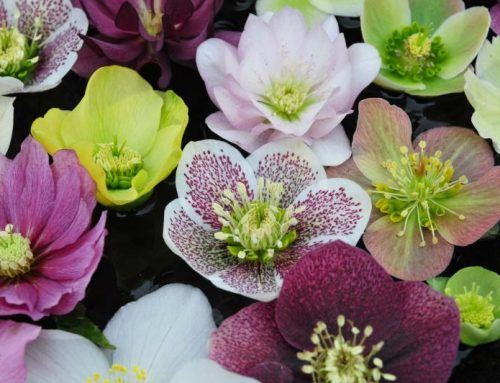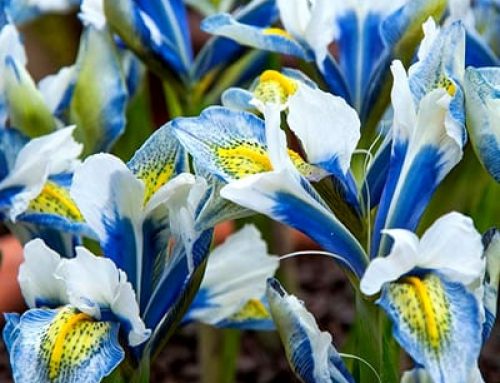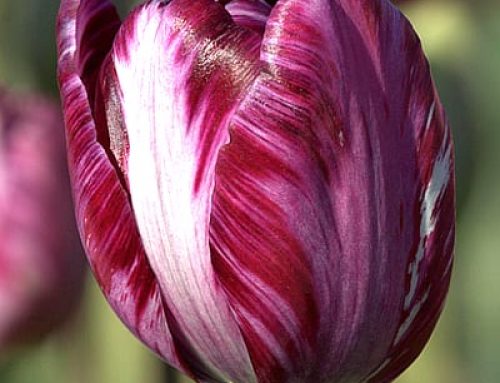Anemone: Windflowers for the Spring Garden
Anemone is a genus of shady rhizomatous plants from North America and Eurasia with members that form beautiful carpets of ephemeral spring flowers on the forest floors of their native regions. They are known as wood anemones or windflowers. The most common species in cultivation is A. nemorosa. A. ranunculoides, the yellow wood anemone, is also a great plant as are the hybrids between these two species, A. x lipsiensis. Wood anemone have lush, dissected foliage that creates a beautiful textural carpet topped with delicate, nodding to upright flowers with yellow centres in shades of white, yellow, pale pink, lavender and blue. There are also a number of interesting double forms.
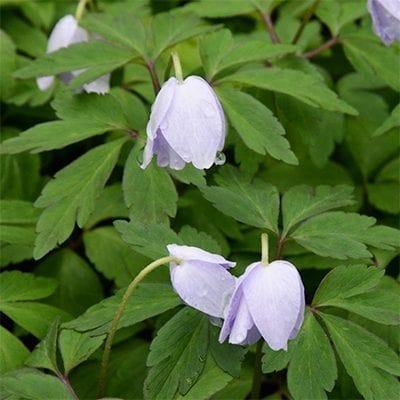
Anemone nemorosa ‘Allenii’ is a pale lavender-blue form of this charming woodland groundcover.

Anemone nemorosa ‘Bowles’s Purple’ is a lavender-blue form of this charming woodland groundcover.
Anemone are easy to grow and enjoy rich, evenly moist soils in the shade garden. They emerge, bloom, and then go dormant all from early spring to summer making them perfect for planting around hosta, hellebores, ferns, and other later emerging shade perennials. Anemone will put on a beautiful show and then go dormant just in time for other plants to come up and do their thing.
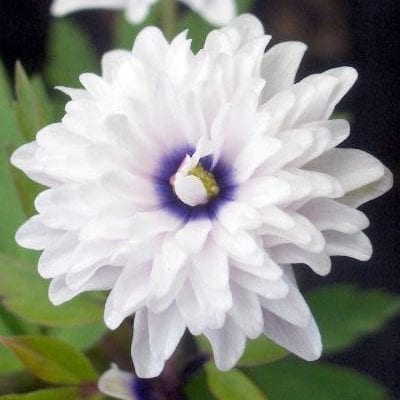
Anemone nemorosa ‘Blue Eyes’ is a special cultivar with ruffly, white, double flowers centred with blue eye.
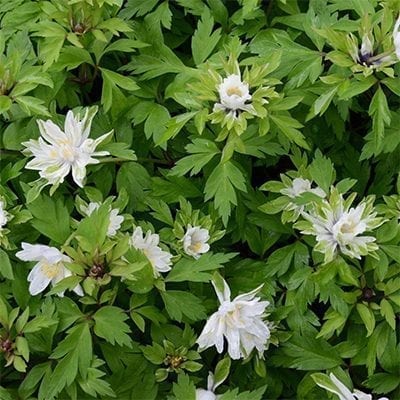
Anemone nemorosa ‘Bracteata’ is a curious form with semi-double white and green flowers of this charming woodland groundcover.
You can also plant them under deciduous trees and shrubs where they can bask and bloom in the spring sunlight and then go dormant just as the leaves above them begin to unfurl. Many people see their short season as a drawback but, used in these creative ways, Anemone can be a valuable bulb for layering extra colour into existing areas of the garden.
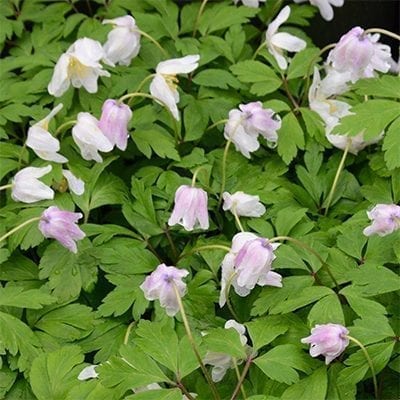
Anemone nemorosa ‘Fruhlingsfee’ is pink in bud opening to white flowers with pink reverses.
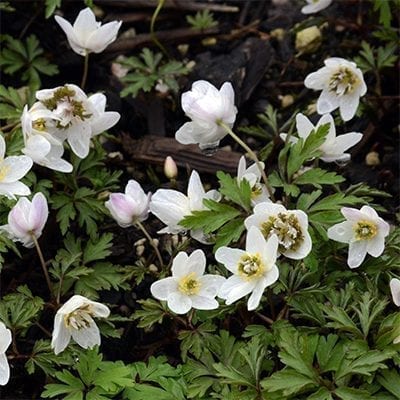
Anemone nemorosa ‘Green Fingers’ is a crazy white-flowered cultivar with leafy, green, finger-like growths emerging from the centre of each flower.
At Phoenix Perennials, we offer a number of Anemone each year for pre-ordering through the summer and fall for pick-up or shipping in late September and early October. From July to October you can order at https://mailorder.phoenixperennials.com. Should supplies last, we may also have them available potted up in early spring.
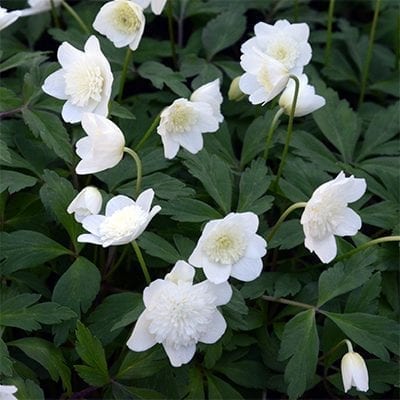
Anemone nemorosa ‘Vestal’ is a beautiful double form where the centres are filled with a delicate dome of tiny white petals.
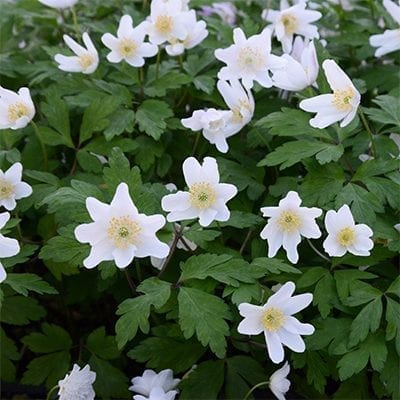
Anemone nemorosa is the wild-type white-flowered form of this charming woodland groundcover.
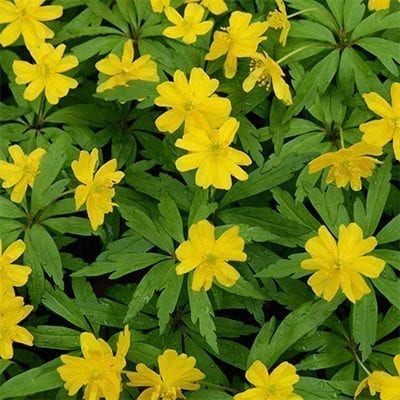
Anemone ranunculoides ‘Semi-Plena’ has semi-double, bright yellow flowers.
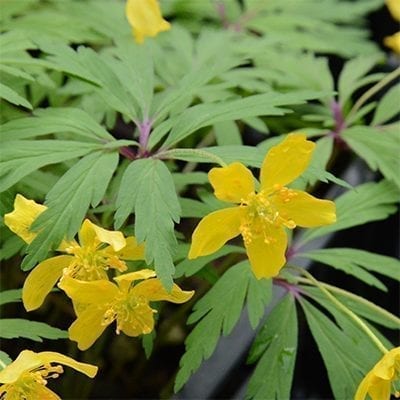
Anemone ranunculoides is a species with bright yellow flowers related to the better-known A. nemorosa.
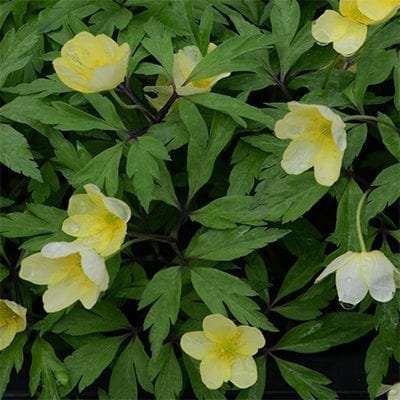
Anemone xlipsiensis ‘Vindobonensis’ is an old selection found near Vienna with soft yellow flowers and red-flushed young foliage.

